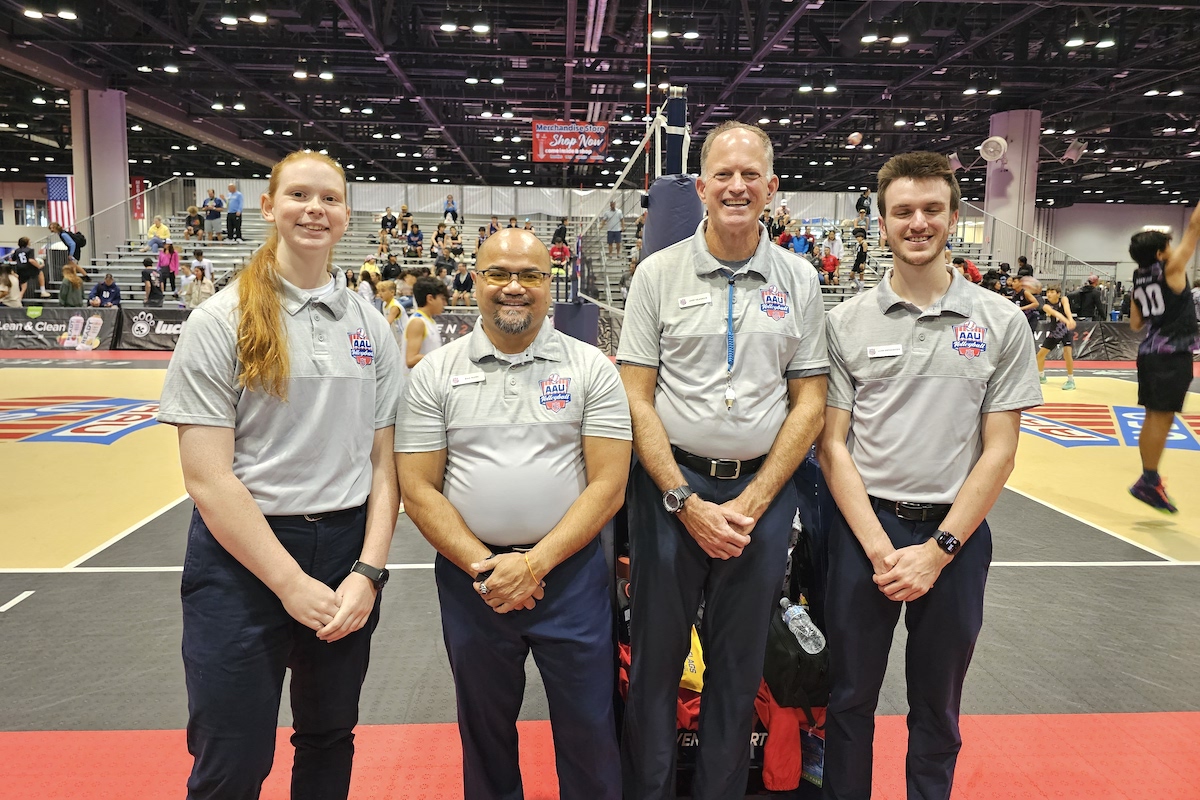Conflict in youth volleyball is inevitable—whether it’s frustration between teammates, disagreements on the court, or emotional struggles over playing time. The challenge isn’t eliminating conflict; it’s teaching athletes to handle it productively. Handling conflict is a skill, just like passing or hitting, and learning to navigate it helps athletes become better teammates, more emotionally aware individuals, and learn to advocate for themselves.
Too often, young athletes shut down, parents escalate, and coaches are caught in the middle. Many young athletes haven’t been taught that conflict is normal, messy, and uncomfortable—but also necessary. They believe conflict equals drama and that avoiding it will keep the team together. We have to shift that mindset. We need to help them see that conflict isn’t the enemy. Mismanaging it is. Not talking about it is.
Here are four steps to teach volleyball athletes how to navigate conflict:
The first thing we have to do is normalize conflict and how uncomfortable it can be.
Athletes need to know that conflict is a natural part of any relationship—on and off the court. They will feel emotions like anger, disappointment, frustration, and jealousy. Instead of suppressing these feelings, they must learn how to express them constructively. The more we normalize conflict and the feelings that come with it, the less shame they feel when it arises.

The second thing is helping them understand the range of emotions that can occur and that we want them to talk with emotional nuance.
The emotions wheel above is something I have used in many of my presentations so that people can understand how some emotions are tied to others. It is great because it gives language to someone about an emotion they haven’t been able to name. Print it out and have them put it in binders if you give them one. Or have them save it on their phone.
The third thing is to teach the value of having conflict conversations face-to-face.
Many athletes struggle with face-to-face communication. Instead of addressing issues directly, they vent to teammates, text the person, post on social media, or involve parents. Coaches must interrupt this pattern by creating spaces where athletes can express their feelings with honesty and emotional nuance. Using an emotions wheel like the one below can help them identify and articulate their emotions more clearly during these face-to-face conversations.
Lastly, playing time can be an emotional trigger, and many athletes aren’t prepared for the frustration and disappointment that come with sitting on the bench.
Coaches should proactively discuss these emotions and provide tools for processing them, like journaling or talking with a mentor. Encouraging athletes to have open conversations about their role on the team—without spiraling into resentment—builds emotional resilience.
Why This Matters
We, as coaches, have to help prepare the athletes for the hard stuff. Teaching athletes to navigate conflict isn’t just about improving team chemistry—it’s about preparing them for life. These skills translate into relationships, careers, and leadership roles beyond sports. As coaches, we have a responsibility to help them develop the tools to handle conflict, express themselves effectively, and build strong, respectful connections. Investing in these lessons now will shape them into better teammates—and better humans.
View more on culture for volleyball teams. View more on mental training for volleyball athletes.
About the Author
Dr. Jen Fry (she/her) is a Sports Geographer, two-time founder, and sought-after speaker specializing in conflict, culture, and sports tourism. She leads JenFryTalks, an organizational change firm, and Coordle, a sports travel tech company. With 20+ years in group travel, event coordination, and leadership, Jen deeply understands the logistical challenges of tournaments. A 15-year college volleyball coach, she’s coached at Illinois (2011 NCAA runner-up), Washington State, Elon, and more. She holds a PhD in Sports Geography from Michigan State and has delivered 200+ speaking engagements, including TEDxDuke.










